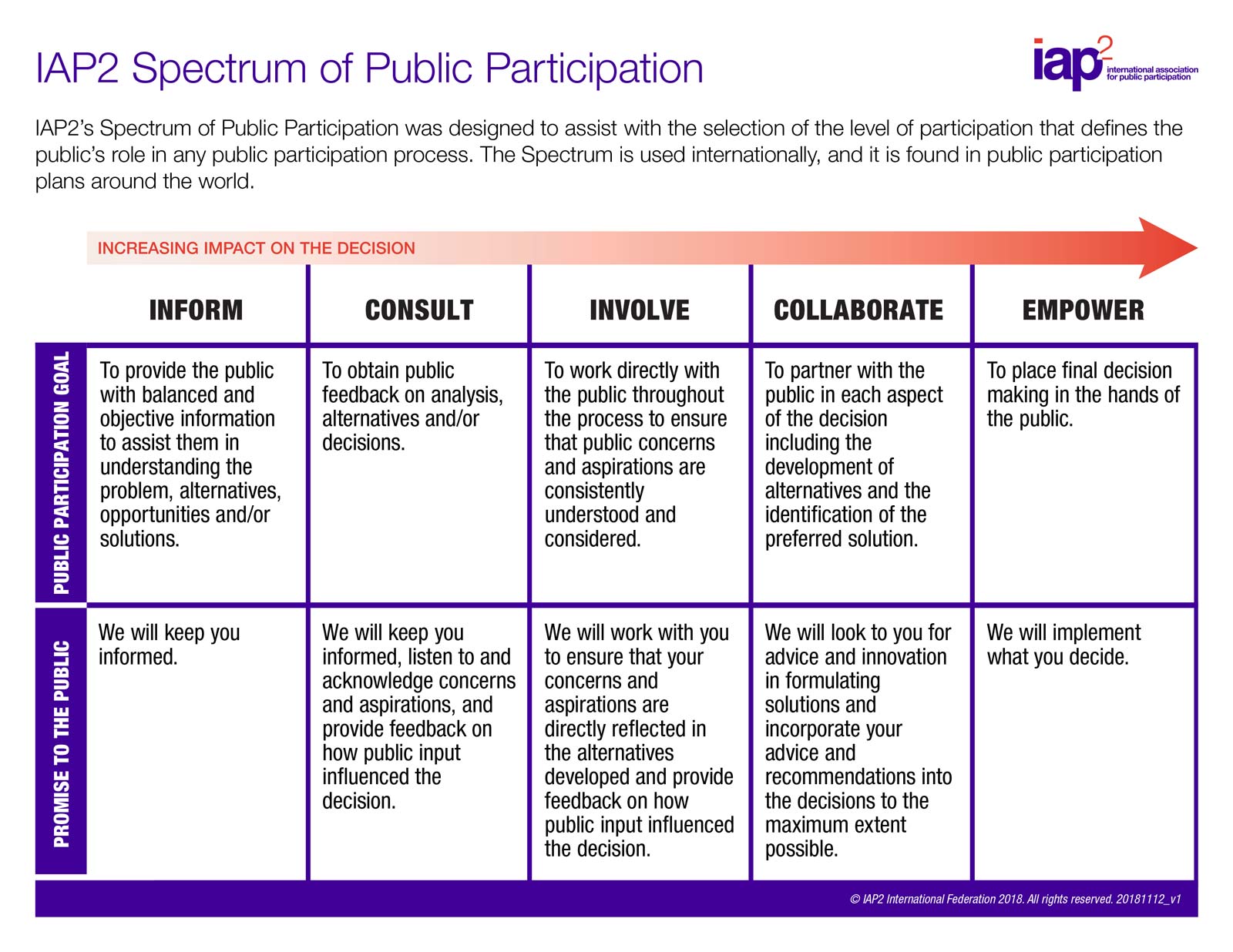Best Practice Community Engagement for Transmission

Opposition to large-scale transmission
The transition to renewables is a pathway toward transformation of the energy sector from fossil-based to zero-carbon by the second half of this century. At its heart is the need to reduce energy-related CO2 emissions to limit climate change. There are significant opportunities as well as technical, engineering and social challenges ahead as Australia transitions to a clean energy future.
Opposition to large-scale transmission has rapidly emerged across the nation. This signals a new challenge that will be faced by each new transmission project unless this opposition is actively considered, genuinely understood, meaningful engagement processes developed, and social licence is acquired and maintained for electricity transmission.
We cannot afford to approach the transition to renewable energy the same way we rolled out large-scale transmission lines four decades ago. The historical approach of ‘decide, announce, defend’ must be abandoned and replaced with an approach of “involve and collaborate”.
It is no longer acceptable to bulldoze a path from A to B without consideration of externalities, simply because it's cheaper. Public policy will have an ever-increasing role to play as we transition away from coal-fired electricity generation to renewables, it is extremely important that community-guided policy and framework lead this transition.
Energy market actors believe we need to increase compensation and benefits to regional communities that host large-scale transmission infrastructure if governments want to ensure continued support for renewable energy. Energy Grid Alliance believe they are missing the point; Social licence cannot be bought; it must be earned. Compensation and benefits sit squarely in the realm of Corporate Social Responsibility, not social licence.
Meaningful community engagement
Community engagement is based on the democratic idea that everyone who is affected by an issue that impacts their community should have a say in the decision making around it. It, moreover, holds the promise that public participation can influence decisions that affect the provision of services, future visions, and sustainability of our communities.
Community engagement seeks to engage community to achieve sustainable outcomes, equitable decision-making processes, and deepen relationships and trust between government organisations and communities.
In line with recommendations of IAP2 Australasia, Energy grid Alliance believes that engagement, when done well, improves social, environmental, and economic outcomes and increases trust in the democratic process. We advocate for all communities to be authentically engaged in decisions that affect them through education and increasing awareness of authentic engagement and all its benefits, in alignment with the IAP2 Quality Assurance Standard and Code of Ethics for Community and Stakeholder Engagement.
IAP2 Core Values
As an international leader in public participation, IAP2 has developed the IAP2 Core Values for Public Participation for use in the development and implementation of public participation processes. The Core Values define the expectations and aspirations of the public participation process. The purpose of these core values is to help make better decisions which reflect the interests and concerns of potentially affected people and entities.
- Public participation is based on the belief that those who are affected by a decision have a right to be involved in the decision-making process.
- Public participation includes the promise that the public’s contribution will influence the decision.
- Public participation promotes sustainable decisions by recognising and communicating the needs and interests of all participants, including decision makers.
- Public participation seeks out and facilitates the involvement of those potentially affected by or interested in a decision.
- Public participation seeks input from participants in designing how they participate.
- Public participation provides participants with the information they need to participate in a meaningful way.
- Public participation communicates to participants how their input affected the decision.
Community and stakeholder engagement is now required and accepted as a standard component of any significant project as much as traditional disciplines such as planning, development, and implementation. Engagement is in fact intrinsic to the successful functioning of all these conventional disciplines, as the outcomes should ultimately influence project development and completion.
IAP2 Public Participation Spectrum
The IAP2 Public Participation Spectrum is designed to assist with the selection of the level of participation that defines the public’s role in any community engagement program. The Spectrum show that differing levels of participation are legitimate depending on the goals, time frames, resources, and levels of concern in the decision to be made. However, and most importantly, the Spectrum sets out the promise being made to the public at each participation level. The Spectrum is widely used and is quoted in most community engagement manuals.
Even with the best intentions, community engagement can run into troubled waters at any stage of the process. Organisations with the need to engage the public in decision-making may struggle with issues around staffing, expertise, budget, and time constraints. Many of these challenges can be controlled with proper planning and delivery.
The IAP2 Public Participation Spectrum identifies five levels of public participation (or community engagement). The further to the right on the Spectrum, the more influence the community has over decisions, and each level can be appropriate depending on the context. It is important to recognise they are levels, not steps. For each level it articulates the public participation goal and the promise to the public.
Inform
Community engagement is a two-way process, which means that the first level of the IAP2 Spectrum, Inform, does not represent community engagement at all because it only involves a one-way flow of information. The Inform level of public participation does not actually provide any opportunity for public participation at all, but rather provides the public with balanced and objective information to assist them in understanding the problem, alternatives, opportunities and/or solutions. The goal is to keep you informed.
Consult
Consult represents a low level of community engagement that provides minimal opportunities for the public to have input into a decision. The goal is to obtain public feedback on analysis, alternatives and/or decisions, but with little interaction. The promise is to ‘listen and acknowledge’ issues raised, but not necessarily to act on them.
Involve
At the Involve level, the public is invited into the process to a greater extent than Consult. The goal is to work directly with the public throughout the process to ensure that public concerns and aspirations are consistently understood and considered. While the promise implies that issues raised will be directly reflected in alternatives developed, decisions at this level are generally made by the organisation or department rather than the public.
Collaborate
The Collaborate level is about partnership and sharing power. The promise sets high expectations as it promises to incorporate advice and recommendations to the maximum extent possible. It implies an interactive process with an emphasis on two-way processes. While decision-making still lies with the organisation or department, there is much greater input and opportunities for the public to help formulate solutions.
Empower
The Empower level places the final decision-making in the hands of the public with a promise the organisation will implement what the public decide. This does not necessarily mean it is the most appropriate form of community engagement for transmission development for reasons that should be obvious.
The IAP2 Spectrum and acquisition of social licence for transmission
For transmission planners, there is as an opportunity now to adopt the IAP2 Public Participation Spectrum to develop a genuine stakeholder engagement process that seeks to understand and avoid socio-economic and environmental impacts during a project’s inception rather than financially compensating for oversights made during the planning phase.
Energy Grid Alliance recommends transmission planners develop a social licence engagement framework with the goal of involving and collaborating with communities. This level of engagement increases transparency, advocates co-ownership of the decision-making process. Putting communities first and relying on local intelligence will expand opportunities to acquire social licence. This in turn will help streamline the planning process and expedite project delivery.
The once in a lifetime transition to renewables requires a paradigm shift in thinking and for transmission planners to use the best information available by engaging meaningfully with those directly and indirectly impacted. This will ensure the engagement process meets the needs of all stakeholders and will encourage best practice community engagement for transmission.
For communities potentially impacted by electricity transmission development, it’s important to ask where any engagement plans sit on the IAP2 Spectrum and to indicate where you expect it to be. Working together, not in opposition, will better inform infrastructure planning and will deliver transmission routing solutions that are better performers on energy, social, economic, cultural and conservation.
Source: IAP2 as ©International Association for Public Participation www.iap2.org


